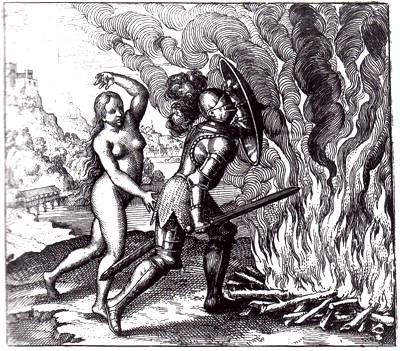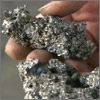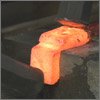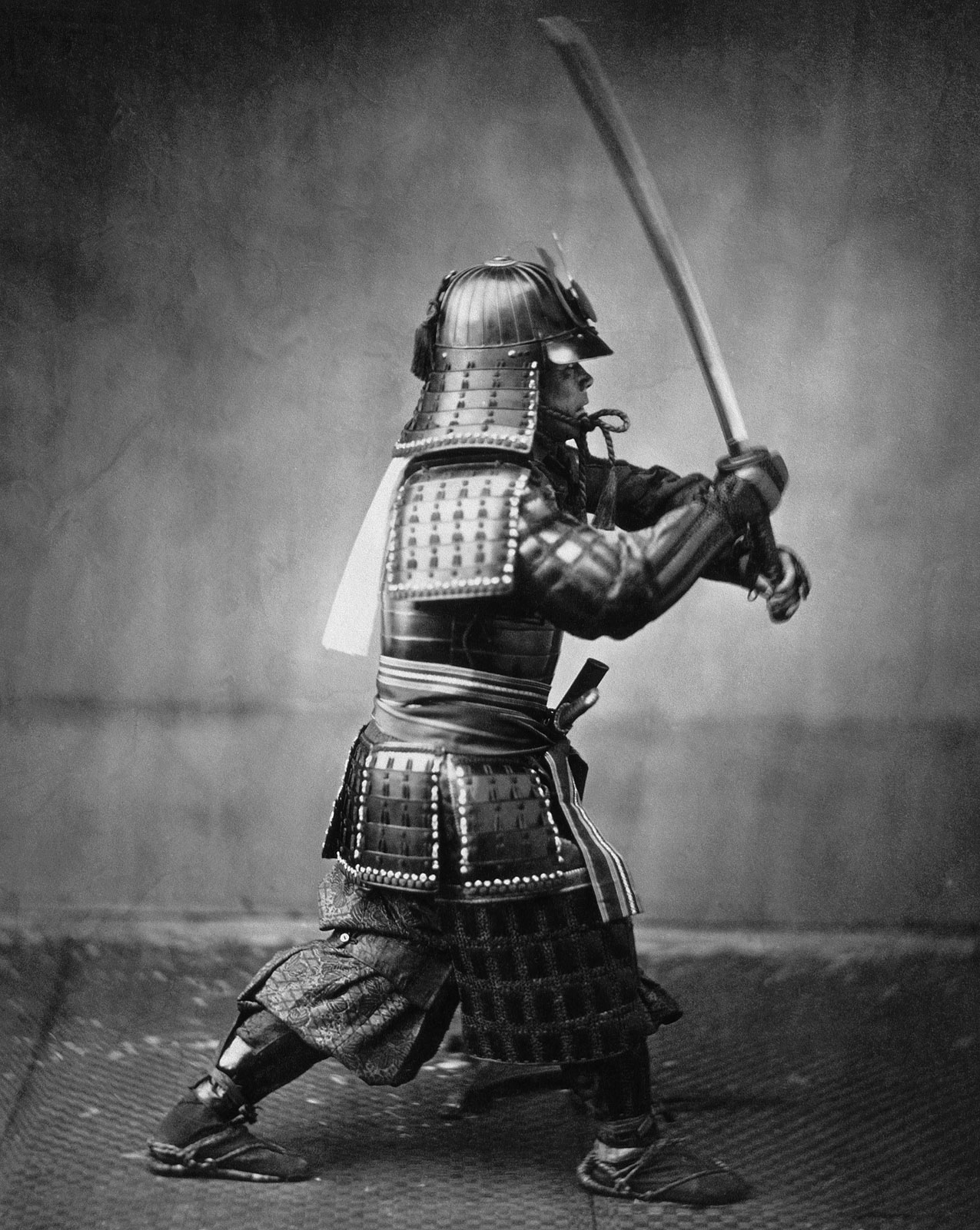The katana was only to be owned and used by a Samurai warrior and anyone else found to possess one would be killed instantly. It was said that the katana of the Samurai was as precious to him as his soul.
The sword is a universal symbol of physical, moral, and spiritual strength
Prophet Mohammed says: “The sword is the key to heaven and hell”
Internally the sword has many meanings including the awakened fire or Kundalini in the Hindu tradition. On a psychological and spiritual level this process of forging, heating and the removing all the impurities is what the medieval alchemists called the Magnum Opus, the Great Work.
The gnostic, alchemical, path burns all the psychological impurities from the spiritual aspirant. Our essential nature is forged under the heat applied by God to transform us into true humans.
The spiritual aspirant receives the flaming sword at a certain point in the initiatic path, and with the ascension of the kundalini fire, vertebra by vertebra, the katana of the warrior becomes more polished and also more worn.
Naturam natura docet, debellet ut ignem. Nature teaches Nature to vanquish fire.
“The way of Nature when it seeks the perfection of any work, consists in making one thing come out of another, the most perfect from the least perfect, and to activate its potential.” – Michael Maier, Atlanta Fugiens

On making the Samurai sword
The sword is a universal symbol of the strength of our psychological-spiritual work, so it is interesting to study the method by which physical swords are forged. The process involved in manufacturing such a piece of art is a long and arduous task. It can take up to six months and fifteen persons to create such a masterpiece.
The traditional katana sword is fashioned only from the purest steel, which the Japanese call tamahagane (“jewel steel”) over three days and three nights using ancient techniques. Katana- makers use two types of tamahagane: high-carbon, which is very hard and allows for a razor- sharp edge, and low-carbon, which is very tough and allows for shock absorption.

A sword composed simply of one kind of steel or the other would either dull too quickly or be too brittle. On the third night of smelting, when the tatara masters break open the clay furnace to expose the tamahagane, they use the degree of ease with which the pieces of newly made steel break apart to discern their carbon content.

The best pieces of tamahagane are sent to a swordsmith, who heats, hammers, and folds the steel repeatedly in order to further combine the iron and carbon, and to draw out any remaining undissolved impurities, or “slag.” This step is as vital as it is tedious, because if other elements besides iron and carbon remain in the resulting sword, they will weaken it.

Once the skilled smith has removed all of the slag, he can judge the carbon concentration of the tamahagane by the degree to which it yields to his constant pounding. One expert has likened eliminating slag from steel to squeezing liquid from a very hard sponge.

